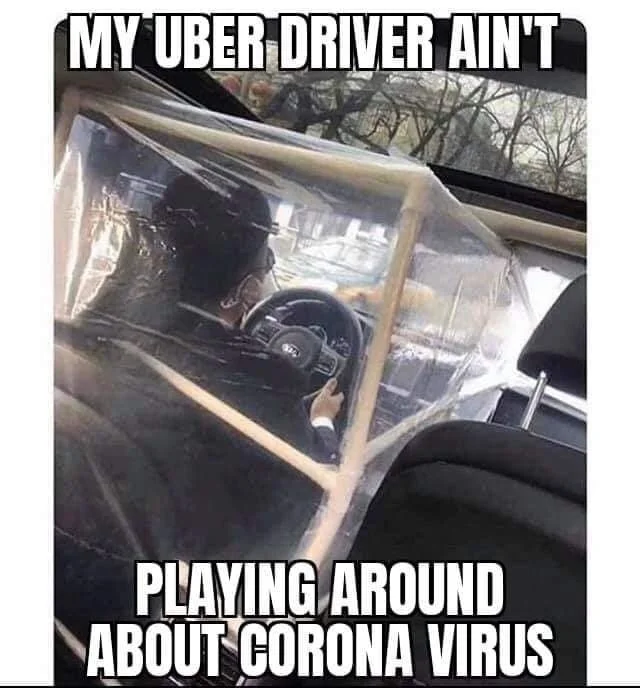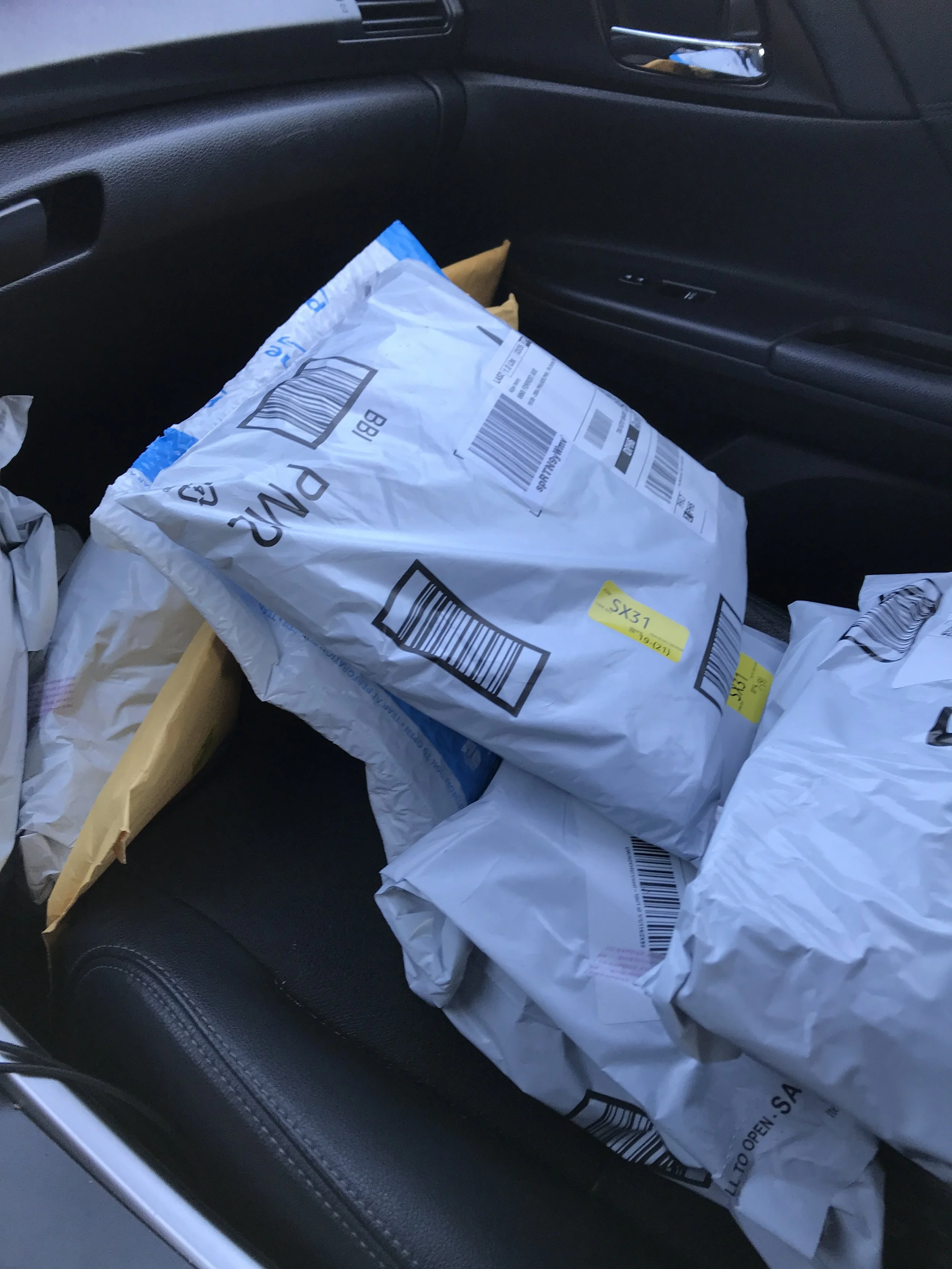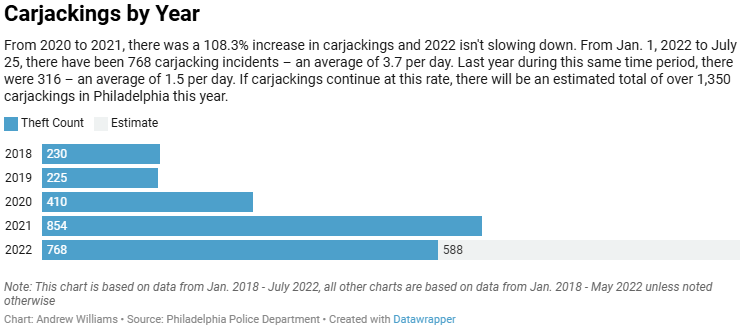Delivering Amazon Flex Packages During the Pandemic
Many Amazon Flex drivers expressed their frustration with driving during the pandemic, and the negative media coverage reflected the challenges we faced as independent contractors. Reports highlighted issues such as health and safety risks, increased workloads, reduced pay, and a lack of support.
However, my journey delivering packages to the greater Philadelphia area during the pandemic was completely different—I truly loved it!
I decided to take a break from rideshare driving right after the shutdowns to minimize my risk of exposure to the virus. I had initially joined Amazon Flex as a seasonal worker during the 2019 holiday season, working just a few delivery blocks. However, when I could no longer rely on rideshare for extra cash, I quickly turned to the Amazon Flex app for support.
Many other gig workers made similar moves, transitioning to delivery apps like Amazon, DoorDash, and Grubhub. However, I considered myself lucky, as waiting just one more week to reactivate my account would have meant that Amazon was fully staffed with Flex delivery drivers.
For instance, I signed up for Grubhub delivery before the total shutdowns, but I was informed that my area already had an abundance of delivery drivers and was advised to check back later.
The shift was seamless—one weekend I was driving for rideshare as everything was shutting down, and the following weekend I found myself delivering packages for Amazon using my own car. I even started grabbing short delivery blocks after my regular 9 to 5 job.
I also delivered for Whole Foods using the Amazon app. There was no shopping involved on my end—I'd simply secure a two-hour delivery block, and the Whole Foods staff would have the groceries ready for pickup. Over Easter weekend, I worked several blocks and averaged around $50 an hour, tips included!
I really enjoyed being able to listen to podcasts, sports radio, or my favorite tunes while delivering Amazon packages. I couldn't do that while driving for rideshare, as it would be seen as unprofessional and disrespectful. This shift to delivering packages felt like a refreshing change from the usual routine!
It felt surreal how deserted the roads were—almost as if I was living through a zombie apocalypse. Intersections that were typically congested during rush hour, where I’d have to wait through several light cycles, now had just a handful of cars. There were times when I was the sole vehicle at an entire intersection!
It felt eerie! The entire suburb was quiet—gone were the sounds of honking horns, tires on pavement, and kids joyfully playing outside. While everyone was sheltering at home to slow the spread of the coronavirus, I found myself out delivering Amazon packages. However, there was this one vehicle constantly driving around DELCO for a few weeks, blasting Bible verses from loudspeakers on its roof, with dystopian sirens playing intermittently in the background.
The reduced traffic continued for around six weeks, as all non-essential businesses were shut down throughout April. During this time, many people were uncertain about how the virus spread, with reports suggesting it could survive on packages for several days. Because of that, I made sure to wear gloves while delivering Amazon packages.
The adoption of masks and physical distancing was slowly taking shape, with the majority of people receiving their updates through the media. I typically steer clear of watching cable news or reading online news articles, but during the pandemic I felt it was necessary to keep myself informed about all the chaos unfolding.
I certainly noticed the sudden shift to six-foot physical distancing that seemed to be enforced overnight. While waiting in line one day at, an older woman turned around and shouted, “Six feet!” because I had gotten a bit too close for her comfort. She exclaimed, “It’s people like you who are killing others!” I was completely blown away because this was the first time I was hearing of this rule. The Wawa employee glanced my way and pointed to a sign that reminded customers to keep a six-foot distance from each other.
I had ran inside Wawa during my Amazon delivery block to grab some snacks after filing up my Honda Accord with a tank of Gas. With so few drivers on the road, fuel prices had plummeted to historic lows, making gas incredibly inexpensive! This unexpected drop in fuel costs really boosted my earnings from the Amazon Flex gig.
Despite the wave of new Flex delivery drivers joining Amazon—so much so that nearly every warehouse in my area was at full-capacity and no longer accepting new driver applications—the spike in online shopping during the pandemic led to an overwhelming increase in package deliveries. Amazon found it challenging to manage this heightened demand.
At first, pay was quite low due to the influx of new delivery drivers. However, block rates began to rise as government assistance made it easier for American workers to opt for staying at home rather than working. This led to a shortage of delivery drivers in my area, a situation that wasn’t fully resolved until late 2023. These were the golden years of gig work—during the Great Labor Shortage—and the same was true with working Amazon Flex.
The Summer of Riots in 2020 also impacted the profitability of delivering for Amazon Flex. Delivery drivers found themselves caught up in the widespread protests and civil unrest while making deliveries in Philadelphia and its surrounding areas. During this time, delivery drivers faced heightened risks, with carjackings specifically targeting them, and Philadelphia's homicide rates reached some of the highest in the country.
Amazon Flex differs from rideshare platforms in that you can't just avoid certain dangerous areas—like the city of Philadelphia during the civil unrest. When you accept a delivery block with Amazon Flex, your specific delivery locations are only revealed once you arrive at the warehouse to pick up your route. This lack of route transparency is still an issue that I have with Amazon Flex to this day, but I digress. Because of these safety issues, I chose to take a break from all gig work during July and August that year.
After returning to Amazon Flex work following Labor Day 2020, I discovered that the base pay had increased. Then, while I was loading my car with packages at the Amazon warehouse one day, a fellow Flex driver introduced me to the concept of Surge Pay, which was a game-changer!
I have to admit, I had previously heard about Surge Pay from another source, but this specific Flex driver actually showed me how it worked on his phone. That moment was a real turning point for me! And completely changed my strategy when selecting blocks. I was now hooked even further to the gamified features of the Amazon Flex app.
During this period, Surge Pay was consistently accessible and achievable if you were willing to put in the effort. There were times when I would spend up to an hour tapping away to secure the block time and rate I was aiming for, but it was absolutely worth it! Surge Pay can boost your block earnings by an impressive 40-50% or even more!
During the pandemic, customers were genuinely thankful for the delivery of their groceries and Amazon Flex packages, recognizing the health risks that drivers took to bring them essential supplies. While Whole Foods shoppers were eager to show their thanks through generous tips, it was not possible to give tips to Flex drivers at that time (and it still isn’t). Instead, customers found ways to express their gratitude with non-monetary gestures, offering snacks, water, or Gatorade bottles.
One of the challenges of delivering Amazon Flex packages during the pandemic was the requirement to wear a mask both at the warehouse and while on customers' properties. Failing to wear a mask during deliveries could result in deactivation from the Amazon Flex platform, putting my supplemental income at risk.
Another challenge I encountered while delivering Amazon Flex packages during the pandemic was the scarce availability of public restrooms. With only Wawa and Royal Farms bathrooms open to the public, there were times when I had to hold it for hours in areas lacking those convenience stores. As a result, peeing in a bottle became a common practice for Amazon delivery drivers during that time, myself included!
Overall, it was a wild experience working in the gig economy during the pandemic, especially with Amazon Flex. I made the most of the high pay during this period and have no regrets about putting in the effort while many of my friends and others in my area stayed home binge-watching Netflix.






